Millets emerge as a nutritional solution in combating anemia, a condition characterized by insufficient red blood cells or hemoglobin. Millets, such as pearl millet, finger millet, and sorghum, are rich sources of iron, a crucial mineral for the production of hemoglobin, which carries oxygen in the blood. Iron from millets is non-heme iron, which is more easily absorbed by the body when consumed with vitamin C-rich foods. Including millets in the diet can contribute to a sustainable and plant-based source of iron, making them an excellent choice for individuals, particularly in regions where anemia is prevalent. Additionally, millets offer a range of other essential nutrients, including folate and B vitamins, which play key roles in supporting overall blood health.
Table of Contents
What Are Millets?
Anemia is a medical condition characterized by a reduced quantity of red blood cells or a deficiency of hemoglobin in the blood. Hemoglobin is a protein in red blood cells responsible for carrying oxygen from the lungs to the rest of the body. Anemia can result from various factors, including nutritional deficiencies, chronic diseases, or underlying health conditions.
Is Millet A Source Of Iron?
Yes, millet can be a source of iron. Iron is an essential mineral for the body, and it plays a crucial role in the formation of hemoglobin, a protein in red blood cells that carries oxygen from the lungs to the rest of the body. Millets, including varieties like finger millet (ragi), pearl millet, and sorghum, contain non-heme iron, which is the form of iron found in plant-based foods.
While non-heme iron is not as easily absorbed by the body as heme iron found in animal products, incorporating millets into a well-balanced diet can contribute to meeting iron requirements. To enhance the absorption of non-heme iron, it's advisable to consume millets along with vitamin C-rich foods, such as fruits or vegetables.
How Are Millets And Iron Connected?
Millets and iron are connected through the rich iron content present in various millet varieties. Iron is an essential mineral that plays a crucial role in the production of hemoglobin, a protein in red blood cells responsible for transporting oxygen from the lungs to the rest of the body. Millets, such as finger millet (ragi), pearl millet, and sorghum, are excellent sources of iron, particularly non-heme iron.
Non-heme iron is the form of iron found in plant-based foods like millets. While non-heme iron is not as easily absorbed by the body as heme iron found in animal products, consuming millets along with vitamin C-rich foods can enhance iron absorption. Combining millets with fruits like oranges or vegetables high in vitamin C can create a synergistic effect, improving the bioavailability of iron from millets.
Including millets in the diet, especially in regions where iron deficiency is a concern, can be a valuable strategy to address nutritional needs and promote overall health, particularly for individuals at risk of anemia.
How Does Millet Help To Treat Anemia?
Millet, particularly varieties like finger millet (ragi), can play a role in addressing anemia due to its nutritional composition. Millets are a good source of iron, an essential mineral for the production of hemoglobin. Iron deficiency is a common cause of anemia, and incorporating iron-rich foods like millets into the diet can contribute to addressing this deficiency.
It's important to note that the iron in millets is non-heme iron, which is not as easily absorbed by the body as heme iron found in animal products. However, combining millets with vitamin C-rich foods, such as fruits or vegetables, can enhance the absorption of non-heme iron.
Additionally, millets contain other nutrients, including folate and vitamin B12, which are essential for healthy red blood cell formation and can contribute to addressing certain types of anemia.

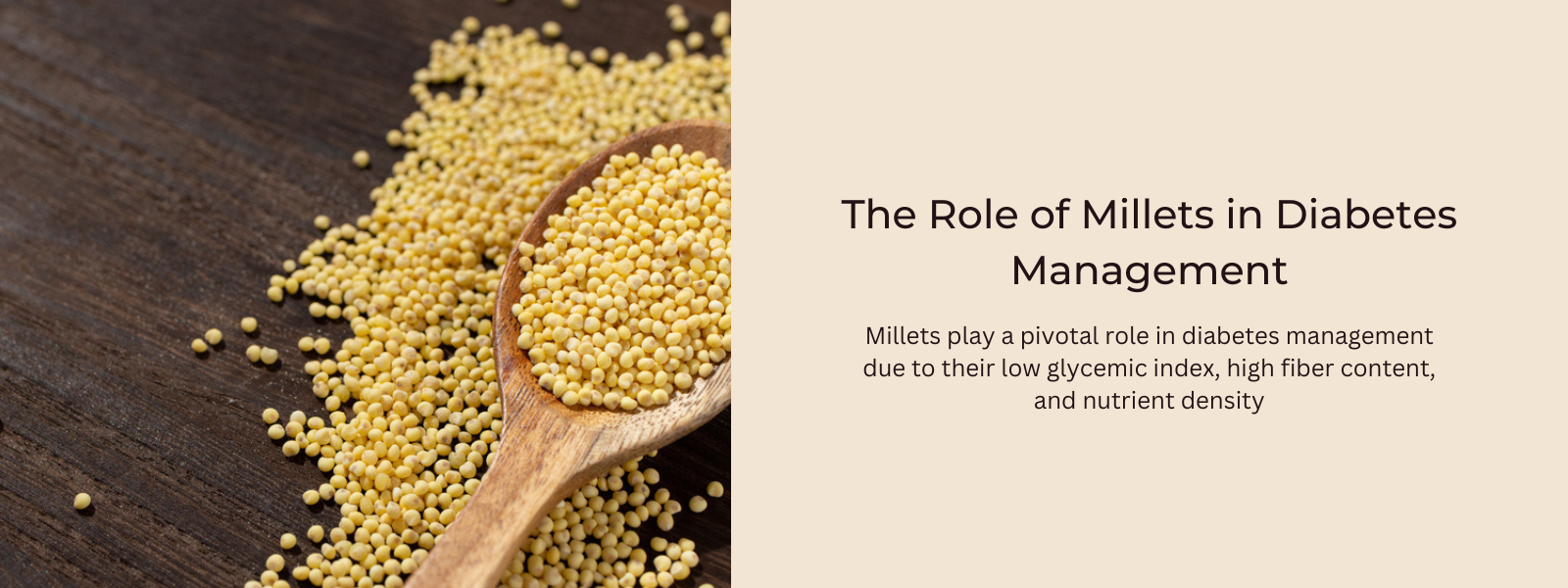
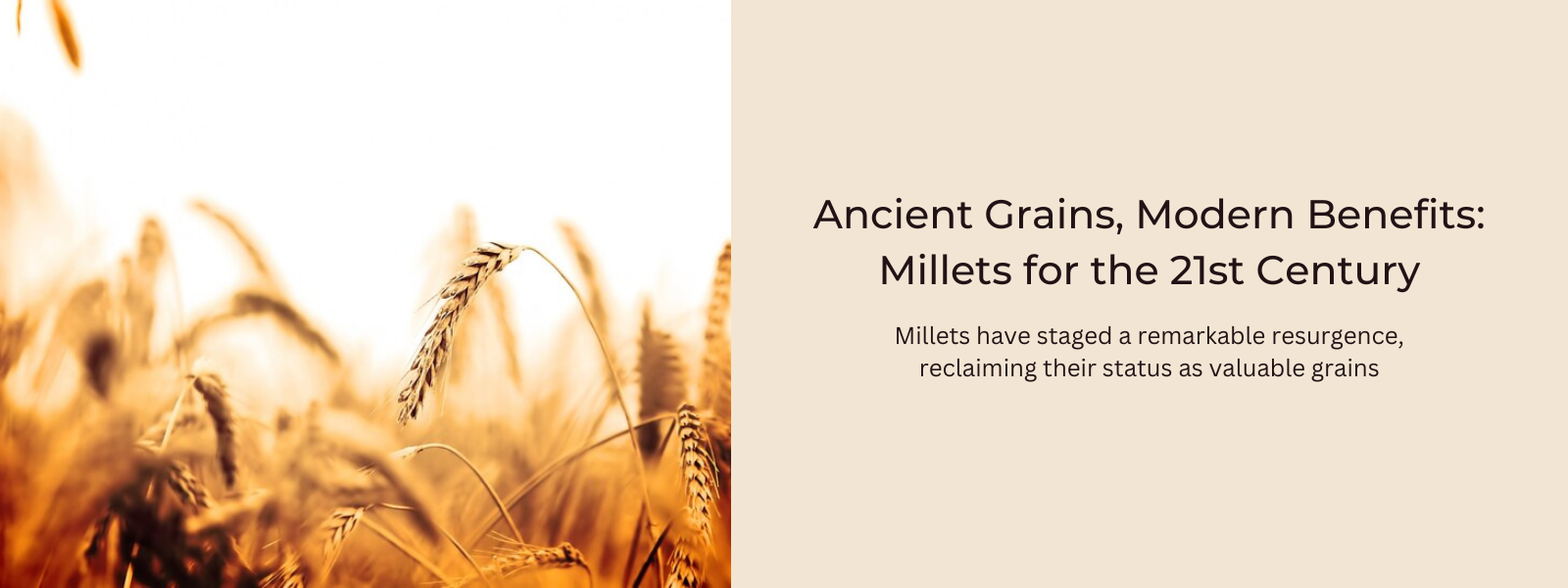
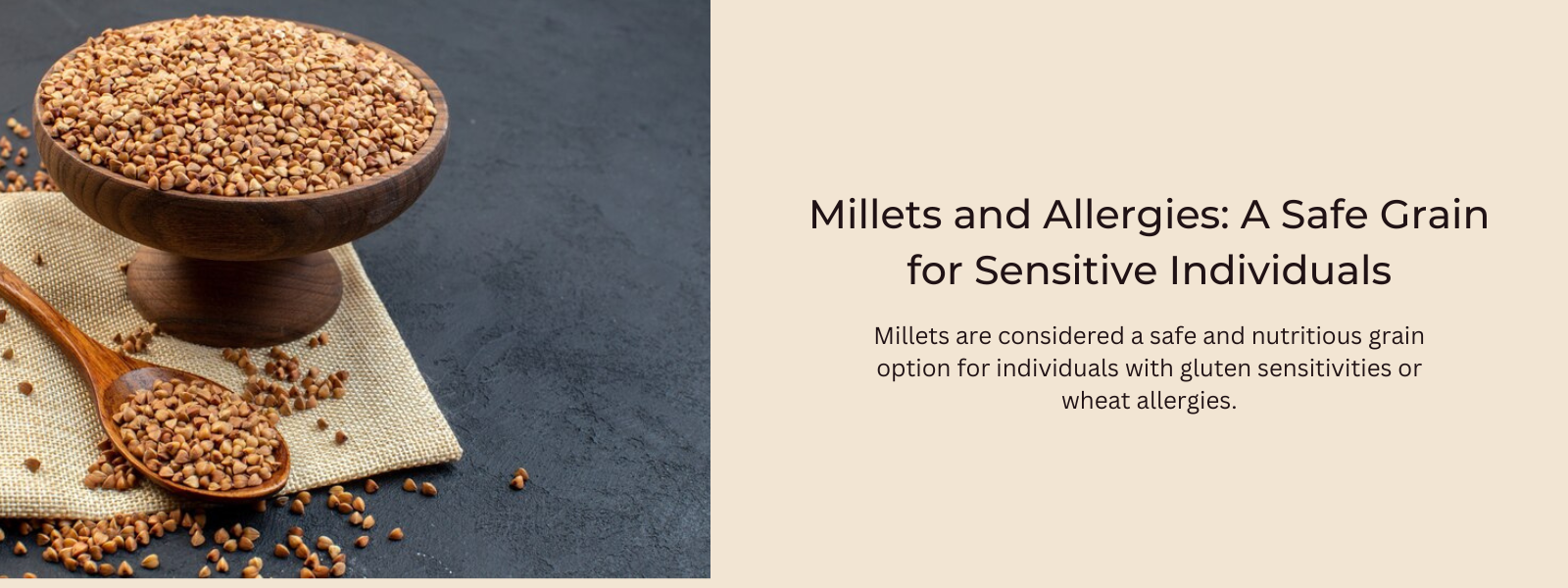
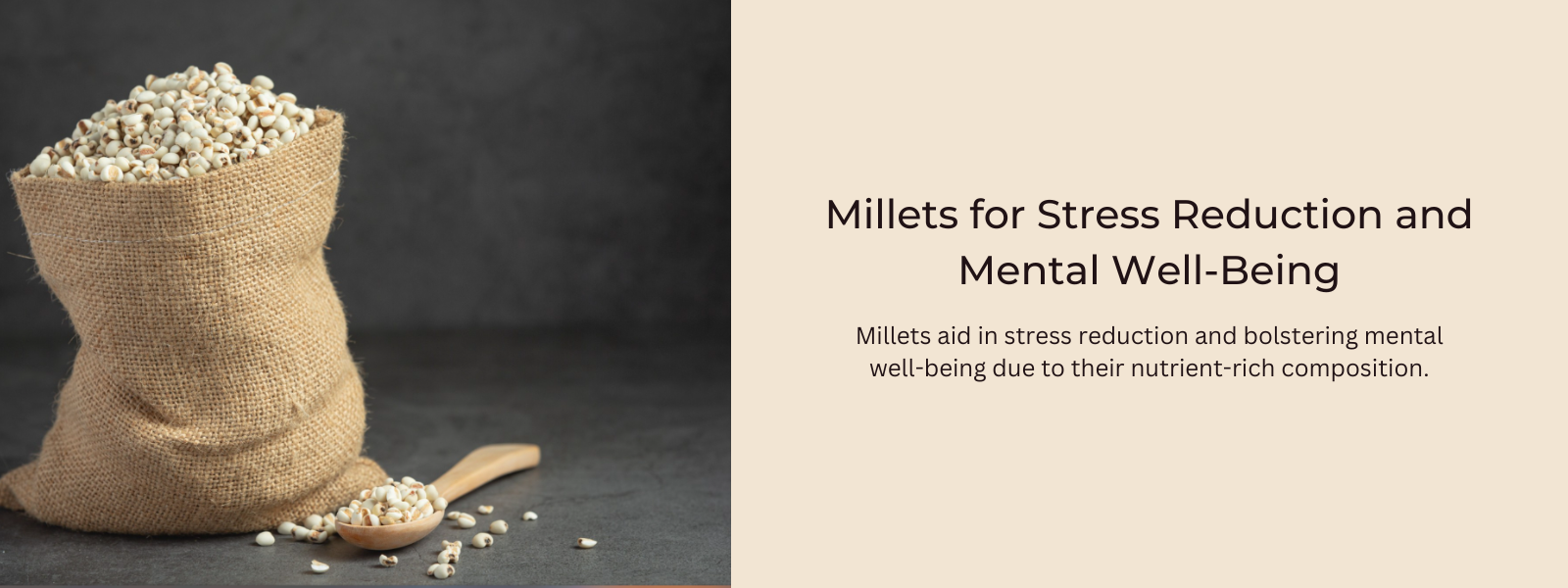
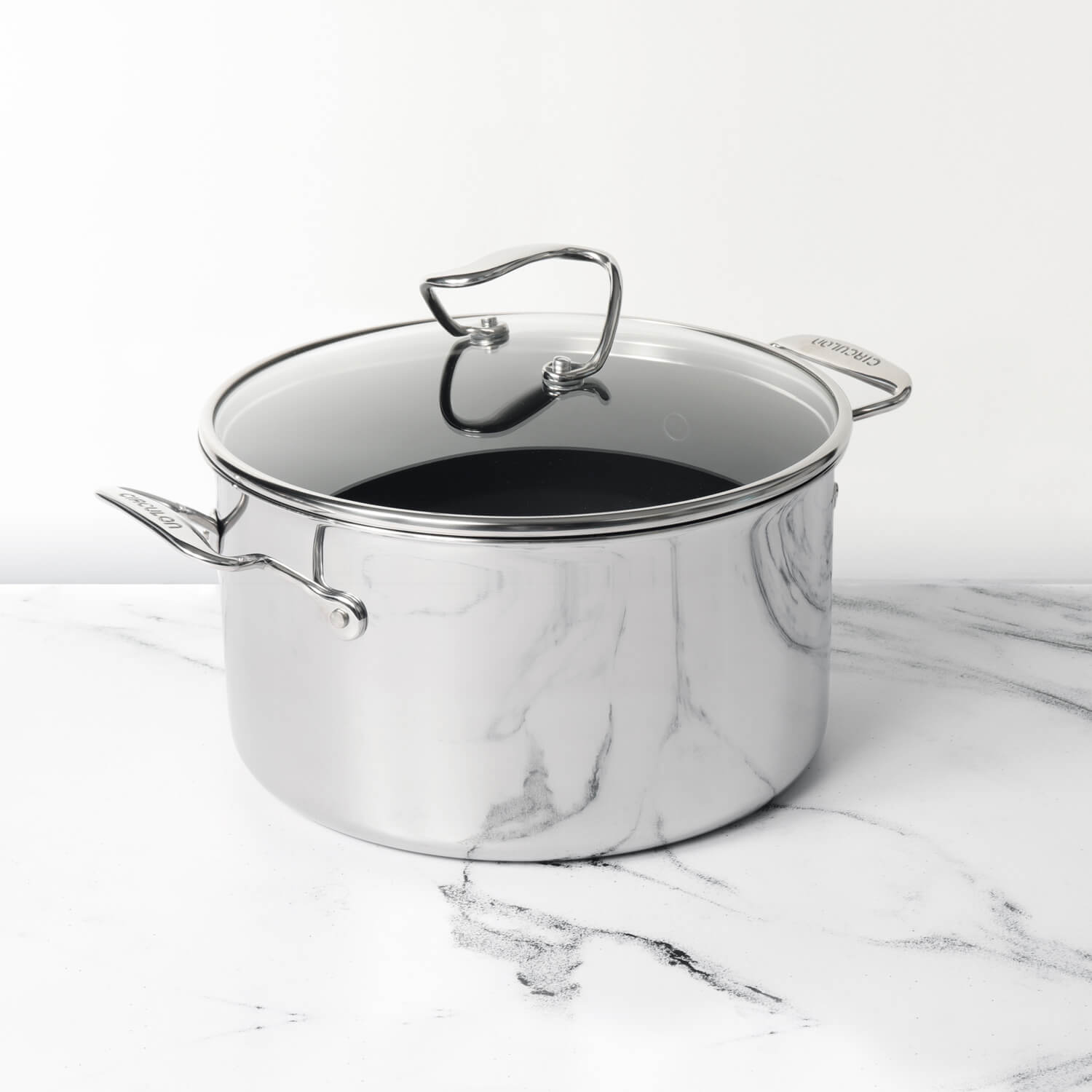
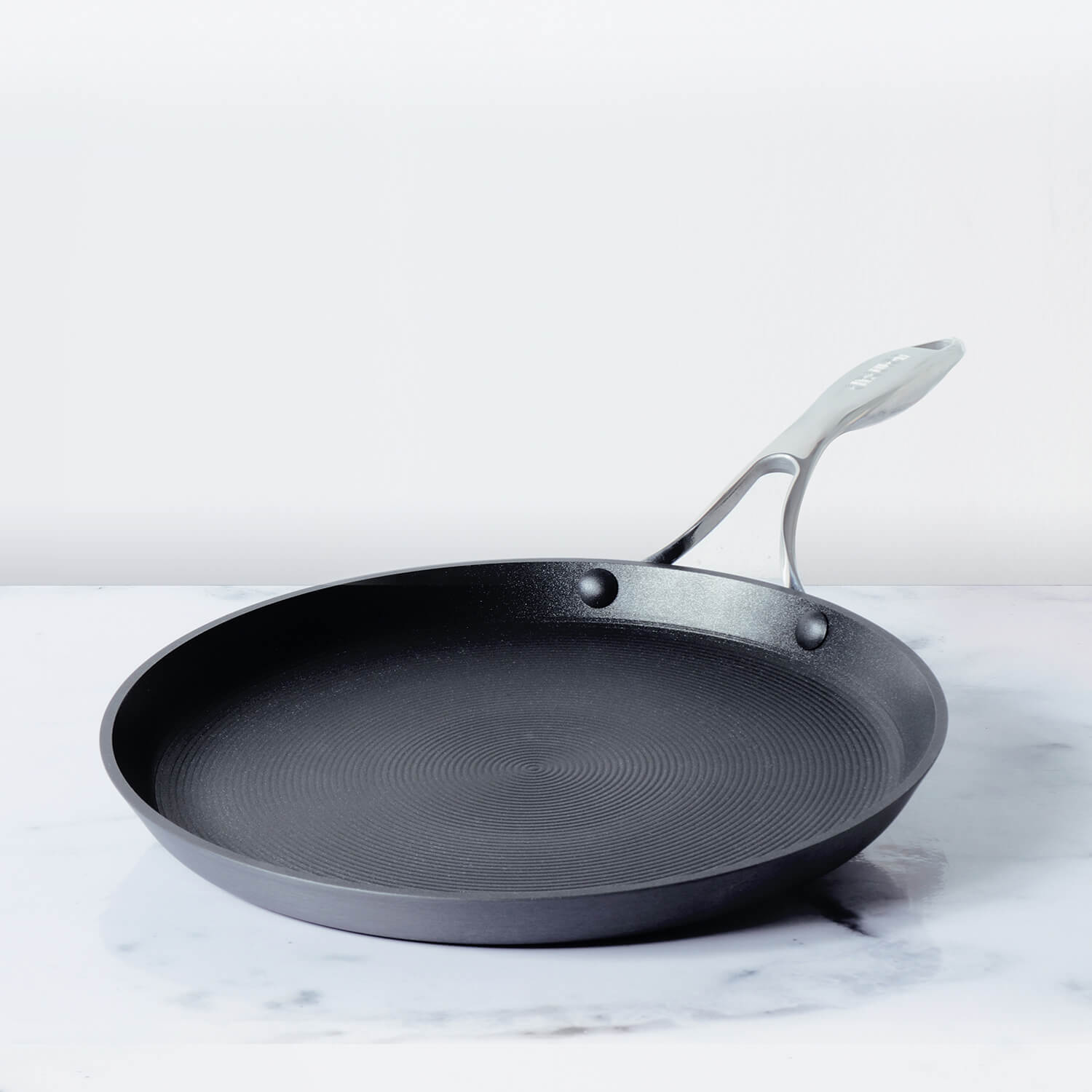




Leave a comment